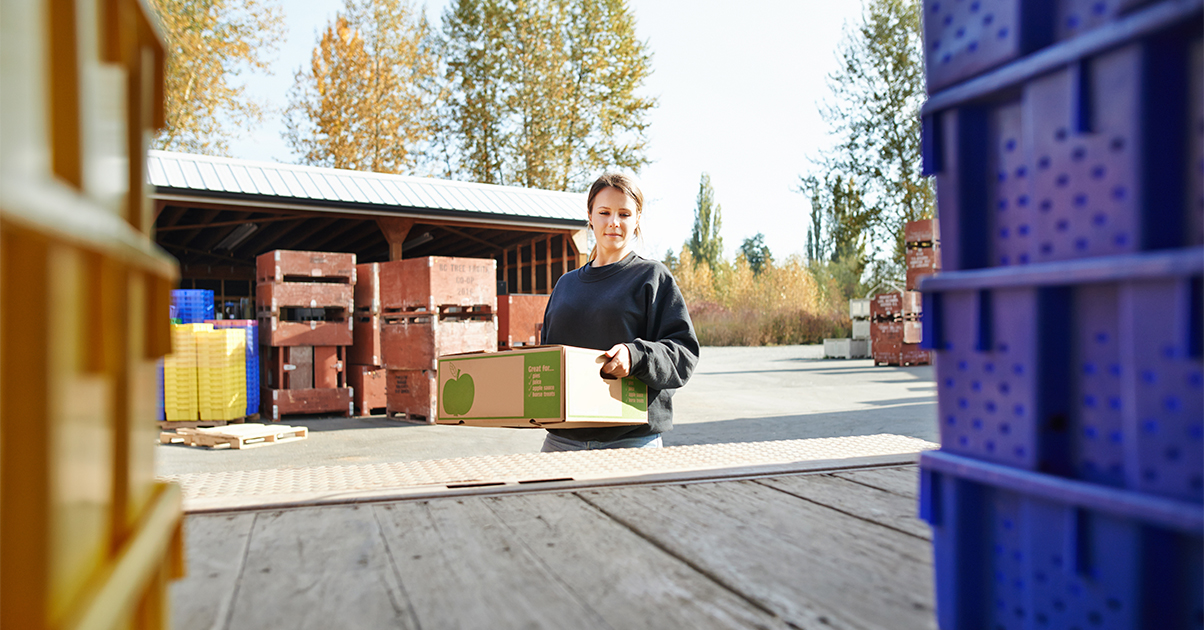Workplace wildfire 101: How business owners can protect their operation
Canada continues to experience record-setting wildfire seasons, with hundreds of fires across the country causing devastation to homes, communities, and wildlife each year.
Taking preventative measures – especially if you are in an area prone to wildfire – is incredibly important. If you run a business, here are some specific ways to protect yourself and your operation from wildfire loss or damage.

Take early action
- Create an Emergency Response Plan (ERP) that includes specific direction on responding to a wildfire, including steps to shut down and evacuate the business. Communicate the evacuation plan to employees in advance.
- Depending upon the size of your business, assign an emergency response team to support shutdown and evacuation activities.
- Have a business continuity site prepared and tested in advance so your operations can continue with as little interruption as possible. This may include multiple locations or backup facilities.
- Assess the area surrounding your building for clear space from forested areas, at least 60 metres (200 feet) away. Although it may be impossible to completely clear this area, do your best to minimize combustibles.
- Have a plan in place to remove large machinery from the property where possible.
- Keep private hydrants serviced for use by fire protection services and maintain any other available water sources.
When a wildfire is imminent
- If you have time and it’s safe to do so, clear debris away from your building.
- Maintain the clear space around the building to allow for emergency vehicle access.
- Initiate safe shut-down procedures, including the removal of large machinery from your property to a safe area. If you’re unable to remove equipment, move it at least 30 metres (100 feet) from your building into an open area.
- Back up your computer systems – preferably into the cloud.
- Block off any openings to your building (such as ventilation fans) and close your fire doors.
- Shut off electricity to non-essential systems and turn off propane and fuel tanks.
- Keep your water utilities on, including any sprinkler systems and their dependent systems.
- Keep your staff on alert and prepare them for the possibility of evacuation. Consider the needs of employees who live further away, and make sure they have enough time to return home.
- Have a communication plan in effect for your clients and let your employees know how to contact you and receive updates from the company.
It’s time to evacuate
- Finalize the shut-down of your remaining non-essential systems.
- Issue the evacuation order to your employees and verify everyone has exited the building. No employees should remain on site to protect the property if there is a threat to life.
- Seal up any remaining building openings.
Find more resources at Wildfire Wisdom: Preventing Loss and Damage
Talk to your broker about what types of fire damage are covered under your commercial insurance policy, since some specific types of damage can be excluded or have specified limits. While it’s important to mitigate risk, it’s also important to make sure you’ve got the right coverage if the worst-case scenario does occur.
